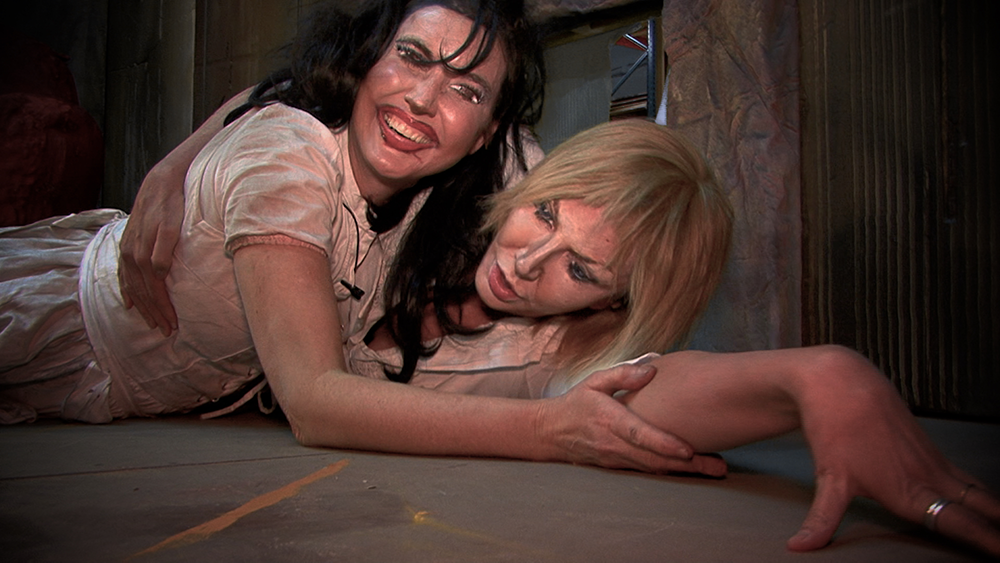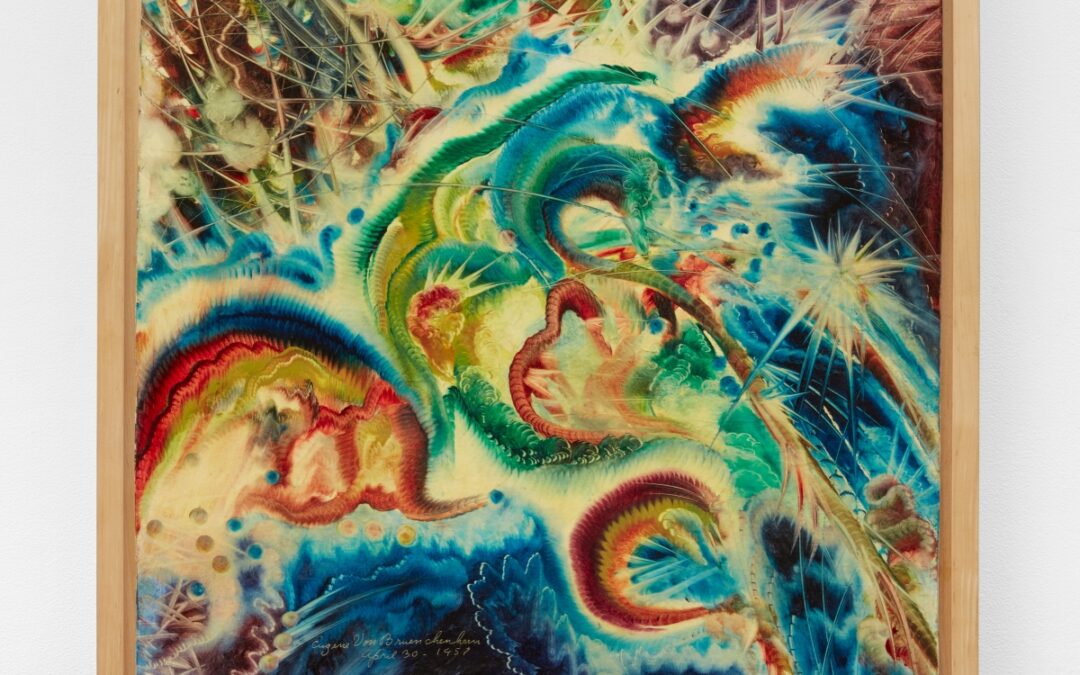There has never been a year in Los Angeles—certainly not in this century, more probably the last 30 years—when our artists haven’t delivered something surprising, extraordinary, something to change the way we talk and think about and look at the world. This year was...

ARTILLERY 2022 TOP TEN
read more

